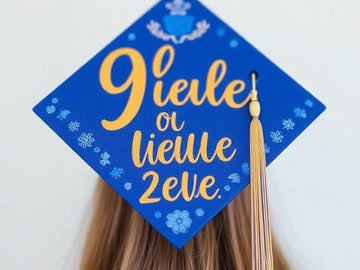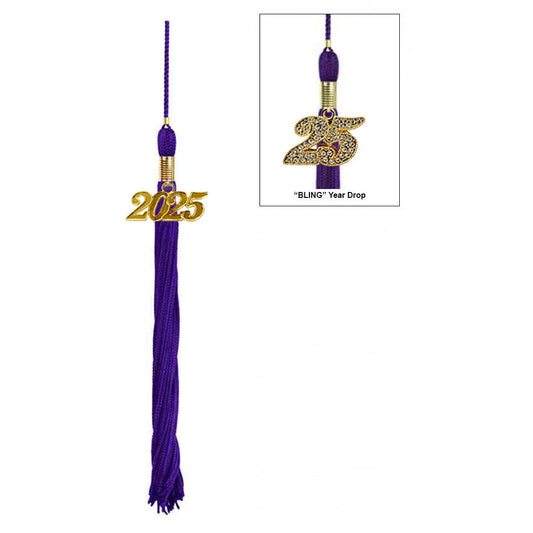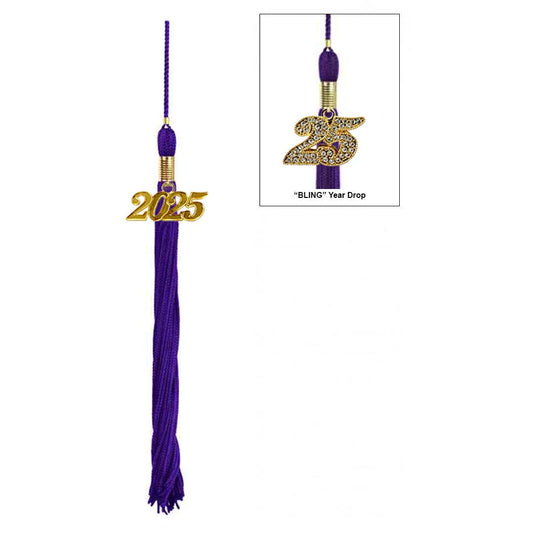As graduation season approaches, students worldwide face a dilemma: Should they invest in a luxurious graduation cap or stick with an affordable one? This debate isn’t just about aesthetics—it’s a collision of tradition, personal identity, and financial practicality. Let’s dive into the key factors to help you decide where to splurge and where to save.
1. Material & Craftsmanship: Function vs. Finesse
Affordable Caps ($15–$50):
Most budget-friendly caps use lightweight polyester or recycled materials, prioritizing practicality. These are ideal for single-use ceremonies and easy to customize with DIY decorations like stickers or paint. However, they may lack durability—think flimsy tassels or easily bent mortarboards.
Luxury Caps ($150–$500+):
High-end options often feature premium fabrics like silk-lined interiors, reinforced cardboard structures, or even hand-embroidered details. Brands like Etsy artisans or heritage academic outfitters (e.g., Ede & Ravenscroft) offer heirloom-quality caps designed to last decades. For example, some luxury caps integrate moisture-wicking linings for outdoor ceremonies—a game-changer in humid climates.
Verdict: Splurge if you value longevity or plan to display your cap as a keepsake. Save if it’s a one-day affair.
2. Cultural & Symbolic Weight
In the U.S., tossing caps skyward is a celebratory ritual, but in the UK, traditions vary. Cambridge graduates, for instance, wear hoods instead of caps, emphasizing heritage over individual flair. Luxury caps often embed symbolic elements:
• Customized Tassels: Gold threads denoting academic honors or family crests.
• Ethical Design: Brands like Graduation Green use biodegradable materials, aligning with Gen Z’s sustainability values.
Affordable caps, while less symbolic, empower students to imprint personal narratives. A viral TikTok trend shows students decorating caps with 3D-printed mini sculptures of their thesis topics.
Verdict: Luxury caps shine in culturally rich ceremonies; affordable ones excel in creative self-expression.
3. The Hidden Economics of "Luxury"
The rise of affordable luxury in education—a term once reserved for designer handbags—now applies to graduation gear. Consider these trends:
• Rental Markets: Universities like Oxford profit from renting luxury caps, charging $200+ for a single day. Renting might save money but forfeit sentimental ownership.
• Resale Value: Limited-edition caps (e.g., collaborations with artists) can appreciate in value. A 2024 Christie’s auction sold a Swarovski-studded cap for $2,300.
• Psychological ROI: Studies show that students who invest in ceremonial attire feel a stronger connection to their achievements, boosting post-graduation confidence.
Verdict: Treat a luxury cap as an investment in your academic legacy—if your budget allows.
4. Practical Hacks for Both Camps
• Hybrid Approach: Buy an affordable base cap and upgrade with detachable luxury accessories (e.g., a $30 velvet tassel or a $15 rhinestone band).
• Group Discounts: Bulk orders for classmates can slash prices by 20–30%, even for premium brands.
• Tech Integration: Some universities now offer AR-enabled caps (via QR codes) that link to digital portfolios—a futuristic touch without the high cost.
Final Thought: What’s Your "Why"?
Your graduation cap isn’t just a hat; it’s a canvas for your journey. If a luxury cap aligns with your values (sustainability, heritage, or artistry), it’s worth the splurge. If your focus is on celebration and creativity, an affordable cap with personalized flair might be more meaningful. As one Stanford grad put it: “My $20 cap had my dog’s face glued on it. Ten years later, it still makes me smile harder than any silk lining ever could.”










